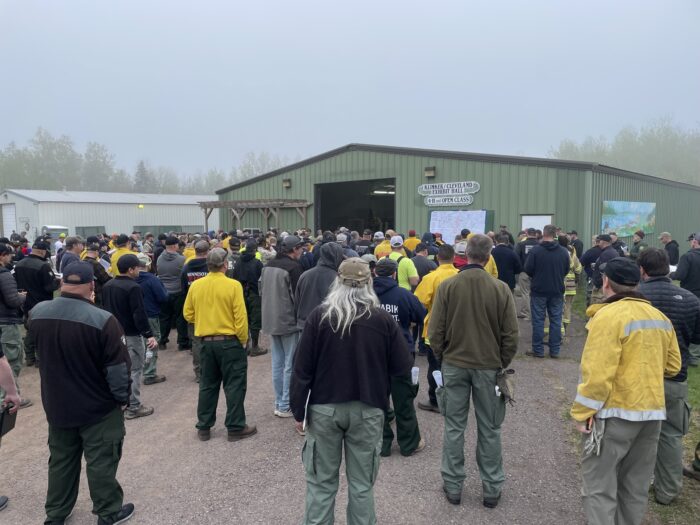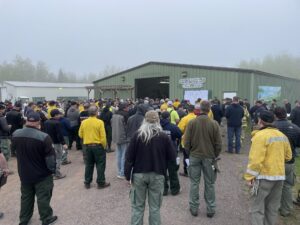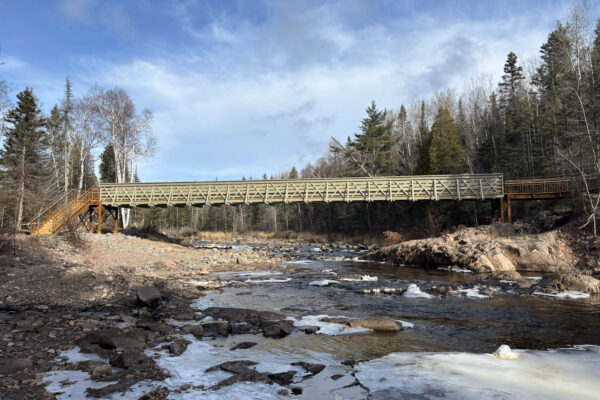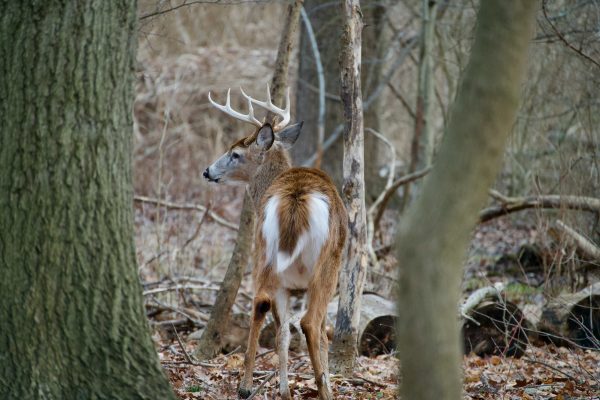Recent rain brings reprieve for fighting northern Minnesota wildfires, minimal growth reported
A change in the weather has brought a much-needed reprieve for firefighters battling the three wildfires in St. Louis County.
With the recent rain and cooler temperatures, “fire growth has been minimal,” said Hoyt Lakes Fire Chief Tony House in a Saturday fire update.
The Jenkins Creek fire remains the most active of the three wildfires and, as of May 17, has burned 16,281 acres. The fire remains zero percent contained.
As the fire continues to burn near Hoyt Lakes and other populated areas, St. Louis County Sheriff Gordon Ramsey said on Saturday that the primary operational objective is to protect the Hoyt Lakes and Skibo communities.
Firefighters and dozer operators are extending fire containment lines along the northwest edge and southern anchor point of the fire, and prepping protection measures for anticipated dry and windy conditions next week.
As of May 17, Hoyt Lakes is in the Level 2 or ‘Set’ stage of the Ready, Set, Go evacuation levels. ‘Set’ means homeowners and individuals should be prepared to evacuate and have personal belongings packed in case of an evacuation.
Officials said that burning restrictions are in place, and local law enforcement and the Fire Chiefs ask residents and visitors in the Hoyt Lakes and Aurora areas not to have campfires.
The recent rain has also slowed the growth of the nearby Camp House fire. As of May 17, the fire has burned 13,407 acres and is 28% contained.
“This progress is attributed to the effective collaboration of local, state, and federal resources, which have taken advantage of cooler weather conditions and recent rainfall over the past several days,” the Eastern Area Incident Management Team said in a Saturday update.
Ramsey said dozer crews are building containment zones around the fire, and firefighters are working on hot spots. A concerted effort has been made to protect the communications tower east of Bassett Lake, fire officials said.
As of May 17, the Munger Shaw fire is 50% contained, and the fire has not grown and remains at approximately 1,600 acres. In a Saturday update, the Minnesota Incident Command System (MNICS) said that fire crews will continue to patrol the fire’s edge and mop up lingering hotspots, like smoldering stumps.
Firefighters are working to remove hazardous trees near railroad tracks and along public roadways.
A handful of Cook County residents and officials in the Minnesota Department of Natural Resources (DNR) Grand Marais office have assisted with the ongoing wildfire efforts in St. Louis County. The show of support and pooling of resources from across the state have been impactful.
“There was an incredible amount of resources that came and helped to do what we could to try to keep people safe and save what we could,” said Aaron Mielke, Fire Program Forester with the Minnesota DNR based in the Grand Marais office.
As soon as word spread about the wildfires, Mielke traveled to St. Louis County to help with the response. Numerous other DNR and U.S. Forest Service officials and volunteer firefighters from across Minnesota, Wisconsin, and other states have also responded.
“There’s resources from all over the country that have been showing up now in the last day or two, and will continue to show up to help get these things in a good place,” he said.
There were a variety of factors that contributed to the rapid growth of the Camp House and Jenkins Creek fire, Mielke said. The extended length of extremely dry and warm conditions and a heavily spruce-budworm-infested area created ideal conditions for the fires to grow.
“Those fuels were just explosive,” Mielke said. “Embers were flying all over the place from the balsam fir that was dying, starting new fires, and making things very difficult to control.”
WTIP’s Kalli Hawkins spoke with Aaron Mielke, Fire Program Forester with the Minnesota DNR based in the Grand Marais office about his time fighting the wildfires in St. Louis County, factors contributing to the growth of the fires, current fire danger in Cook County, and more. The audio from the interview is below.















